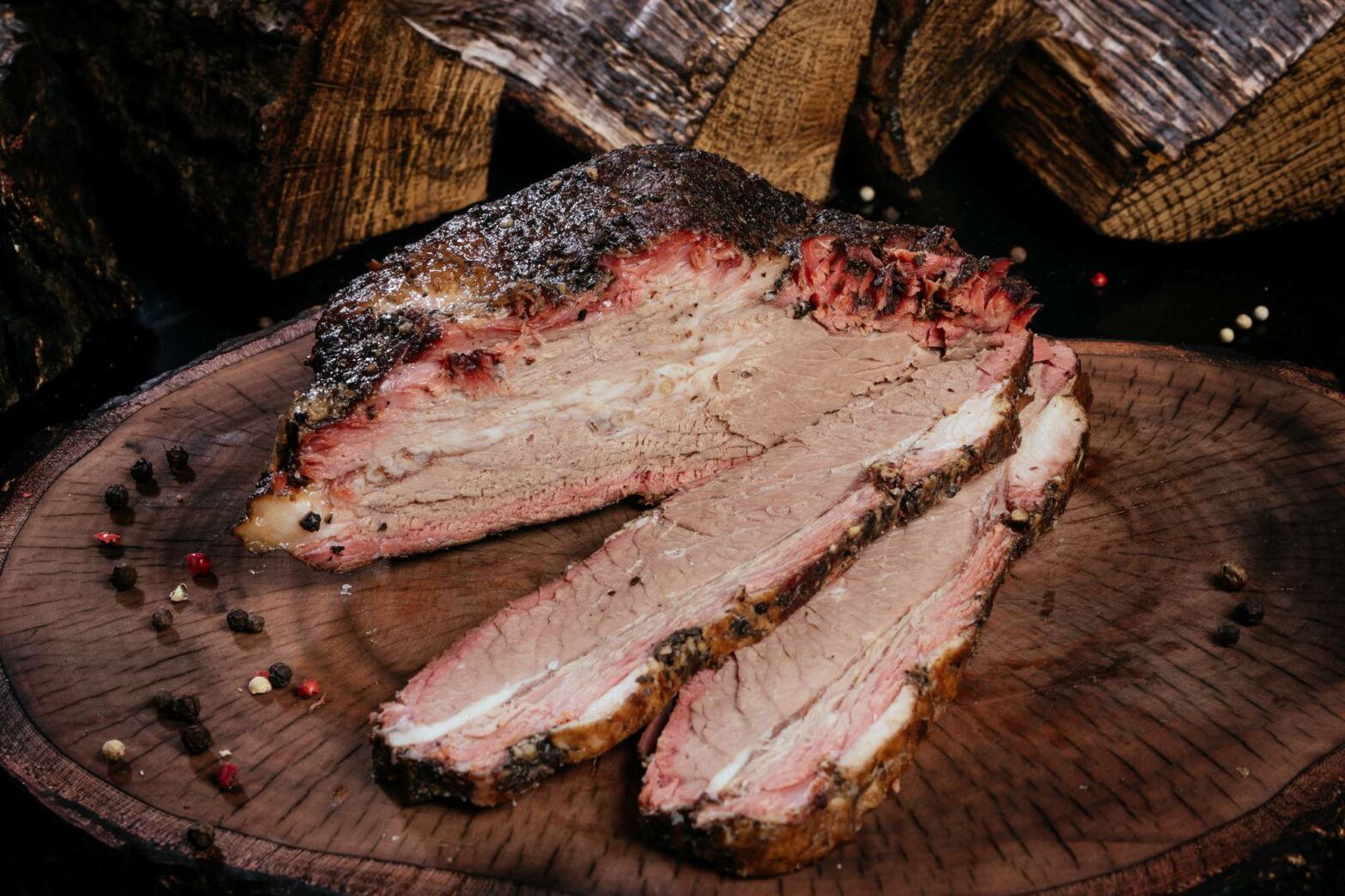Make no doubt about it: the bark on a brisket is a beautiful thing. So much so that many of our activities during the cook revolve around promoting its formation.
That dark, flavorsome crust resulting from the fat, juices, seasoning, and Maillard reaction that takes place on the surface of the meat as thin, bluish smoke rises from the firebox and caresses it for hours on end to cook it low and slow.
The very thought of it builds anticipation, making the stomach growl and the mouth water!
But there’s bark, and then there’s bark. Sometimes, something goes unexpectedly wrong in the recipe or technique, and the bark on your brisket comes out all wet and mushy.
And, when that happens, one cannot help but ask themselves: What went wrong? How can I fix it? Most importantly, how can I not let this happen the next time I slide in a brisket in the smoker?
All good (and rightful) questions. We’re here to help, so let us not waste any more time on formalities and go find what went wrong with the bark on your brisket.
Top Causes of Wet Bark
Four mistakes can cause your smoked brisket to come out with a wet bark: 1) you rubbed the brisket with a binder, 2) your smoker wasn’t hot enough, 3) you foiled the meat too early, or 4) you rested it for too little time.
Take a gander below as we examine each and every one of them.
Rubbing the Brisket With a Binder
Some folks will rub a binder on the brisket—whether that’s olive oil, mustard, BBQ sauce, Worcestershire sauce—before applying the seasoning. The binder, they say, keeps the seasoning on the meat.
Well, I don’t think that’s really necessary. As a matter of fact, if you want a high-quality bark, it is my honest opinion that this can be counterproductive. A moist surface yields a soft, soggy bark, especially in the gentle heat of your smoker’s cooking chamber.
All you ought to do to season a brisket is get your rub ready, sprinkle it on the meat from up high for even application, and then give it a few good pats to promote adhesion. Do this, and I guarantee you the meat will be fine.
Smoker Wasn’t Hot Enough
When it comes to bark formation, the temperature in your smoker is a Goldilocks problem: Make it too low, and the meat will cook forever and no bark will form. Too high, and the brisket will cook in no time, the bark blackening and coming out too crunchy.
In other words, you want the temperature in your cooking chamber to be just right.
The pitmasters I’ve read about, watched at competitions, and talked to in person cook their briskets at 225-275°F (107-135°C), adding wood to the fire in stages so that the temperature doesn’t fluctuate more than 5-10 degrees.
As a general rule of thumb, there’s where you want to be at, too. Keep an eye on the temperature and make sure it doesn’t drop below that level. Throw 1-2 pieces of wood in the fire from time to time to keep the temperature steady, especially for longer cooks.
Wrapping the Brisket Too Early
The jury’s out as to whether it’s even necessary to wrap the brisket in foil or butcher paper during the cook. However, many who choose to do so make the mistake of doing so far too early. This, in effect, hinders the formation of the bark.
The bark is the result of the fat, the juices, the seasonings, and the Maillard reaction taking place on the surface of the meat as it slow-cooks in the cooking chamber. This is done with gentle heat, so that the outside doesn’t dry out by the time the inside’s up to temperature, and, thus, it requires patience.
Wrap the brisket in foil or butcher paper only once it reaches an internal temperature of 170°F (77°C). And don’t forget to check out our guide on what to do if the brisket stalls in case it proves stubborn.
Exactly at which hour this happens depends on the air temperature, the weather conditions, the insulation inside your smoker, and your ability to build a fire and keep a steady temperature.
Resting the Brisket for Too Little Time
Resting is critical for an array of reasons:
The meat continues cooking in its own residual heat. The juices settle so that they don’t run out when you carve the meat. The bark, especially on cuts that were foiled or wrapped with butcher paper, firms right back up.
The key to resting a brisket is to do it properly and for enough time. When the brisket has reached the right internal temperature, take it out of the hot smoker, unwrap it from the foil or paper, and let it rest for 30 to 60 minutes before carving and sending to the table; the longer the better.
I cannot stress the importance of remembering to unwrap the brisket from the foil or paper. If you omit this step, the meat will steam as it rests due to the carryover cooking—and the bark will become mushy and soggy.
In Conclusion
When smoking meat, it’s the small, simple things done right that add up and make all the difference.
As far as the bark is concerned, these simple things are dry-rubbing the meat, cooking it in a hot and steady enough smoker, wrapping it only when the time is right, and resting it with the patience it rightfully deserves.


